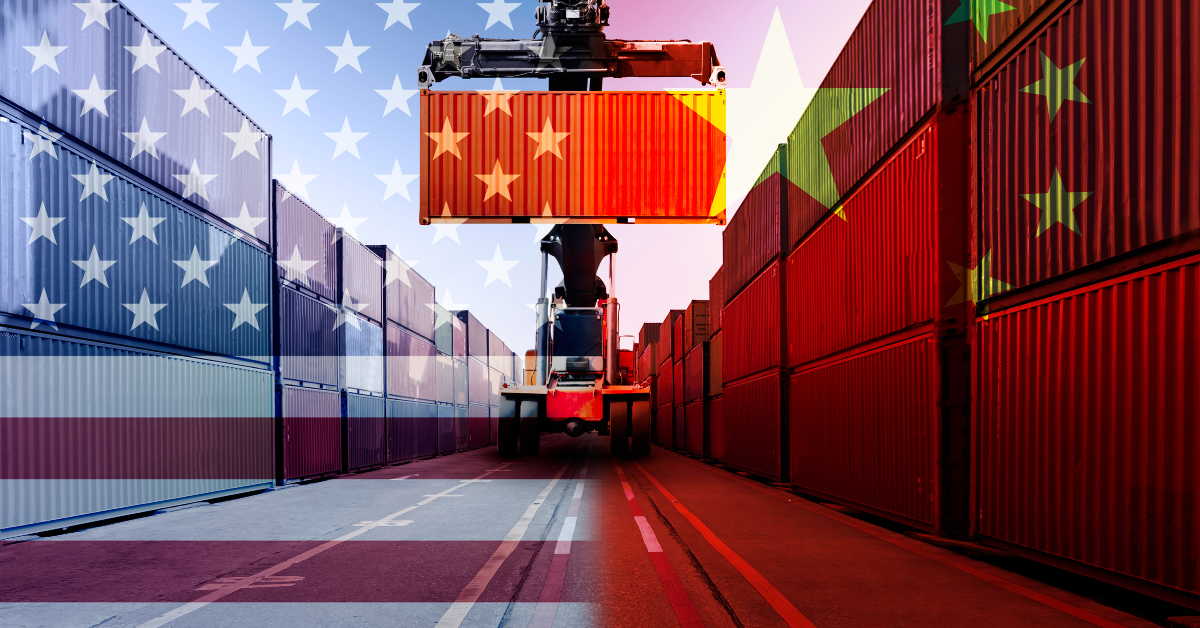News

Additional China Tariffs, Bond Insufficiencies and Supply Chain Disruptions
June 13, 2024 •Maya Mackey

Pursuant to the Biden Administration's recent decision to let approximately 60% of the current 301 tariff exclusions on goods from China expire on June 14, 2024, and the impending implementation of new or increased tariffs on other products of China, Customs Brokers and importers should be prepared for a potential spike in bond insufficiencies. When a bond is rendered insufficient, Customs will require premature termination of the bond, which could lead to unplanned disruptions in the supply chain. The new tariffs may go into effect before the end of 2024. Therefore, importers need to be vigilant in monitoring the sufficiency of their Customs Bonds.
When filing a new or increased bond, importers should work with their Customs Broker to properly forecast their upcoming duties, taxes, and fees to ensure they calculate a bond with an appropriate limit to avoid premature termination. They should pay close attention to the products they import to determine if they are included on the list of commodities with expiring 301 exclusions or if the commodity is subject to new or increased tariffs. As importers forecast their future needs, they should discuss their growth plans with their Customs Broker and review large projects that may cause spikes in importing. If their current bond limit is close to being saturated, they should proactively seek a higher limit now to avoid the disruption of an insufficiency.
Terminating and replacing multiple bonds in a short period of time creates an increased stacking exposure for importers. When a continuous bond is filed, it renews annually, and each year it renews, an additional period of liability is created. If there are unliquidated entries on the old bond period, the full liability amount for that old bond period also remains open, even if that bond is terminated. When insufficient bonds are repeatedly replaced with larger bond amounts, this creates an increased financial exposure and unnecessary liability for both the importer and the surety company. It can also contribute to underwriting challenges, as this increased liability may require review of additional underwriting documents, financial statements and/or collateral. These requests may have been avoided if a sufficient bond amount had been filed initially.
How Does Bond Liability Stack Up?
- A $50,000 bond is filed for a relatively new importer with little history.
- Three months later, Customs determined it was insufficient and requires a $100,000 bond.
- The $50,000 bond is terminated (but $50,000 of exposure from this period remains open because there are unliquidated entries)
- A new $100,000 bond is filed (which adds an extra $100,000 of liability for the new period).
- The importer begins a large project, and within two months, the new $100,000 bond is quickly saturated. Customs issues another insufficiency and requires a $200,000 bond.
- After working with the importer and reviewing their future import activity, the Broker determines that a $200,000 bond would also be saturated quickly and that a $600,000 bond is required.
- The $100,000 bond is terminated and replaced with a $600,000 bond.
- The previous $100,000 period of liability remains open.
If the importer had forecasted correctly, they would have filed a $600,000 bond from the start. In the above insufficiency scenario, the importer has stacked up $750,000 in liability in a six-month period instead of limiting their exposure to $600,000. Depending on the financial stability of the importer, the surety may require additional underwriting requirements and/or collateral to approve the additional bonds.
Whether you are filing a new bond or helping your importer determine whether their current bond is sufficient, Avalon clients can use the Bond Sufficiency Calculator in the Merlin portal to determine the proper bond amounts. Merlin also provides the ability to schedule sufficiency reports so that you can advise your importer clients of the need to increase to a higher limit and act before Customs issues an insufficiency notice. Ultimately, bond sufficiency is the responsibility of the importer. However, importers often rely on their brokers to monitor bond sufficiency. With Merlin, you can schedule sufficiency reports, and you will be notified if a client's bond reaches a certain threshold, allowing you to be ahead of the game. It's a great way to add value to your client relationship! Please contact your local Avalon representative if you have any questions regarding the new Section 301 tariffs or to learn more about Merlin's Customs Bond tools.
Featured Articles
Categories
- ATA Carnet (1)
- Business Insurance (9)
- Canada (1)
- Cargo Insurance (15)
- Claims Corner (10)
- Combined Transit Liability (3)
- Compliance (4)
- Contingent Auto Liability (1)
- Contingent Motor Truck Cargo (1)
- COVID-19 (3)
- Customs Bonds (17)
- Cyber Security (10)
- D&O Insurance (3)
- EPLI (3)
- Events (10)
- General Average (7)
- Industry Insights (23)
- Press Release/Company News (13)
- Special Quest (10)
- TIA (3)
- Trade (21)
- Trade Credit Insurance (2)
- Truck Broker Liability (1)
- WESCCON (4)
The Quest Newsletter is designed to provide critical information in the transportation industry. Avalon Risk Management is not responsible for the accuracy or reliability of information contained in articles. The reader/user assumes all risk in the use of such information.



